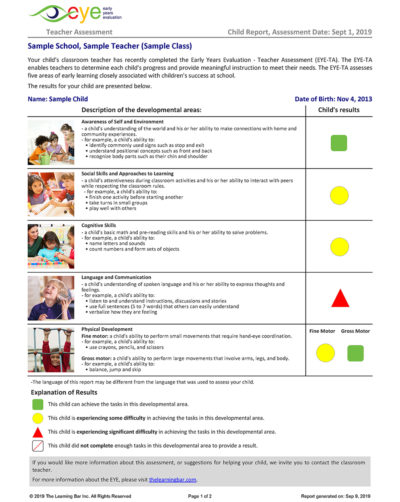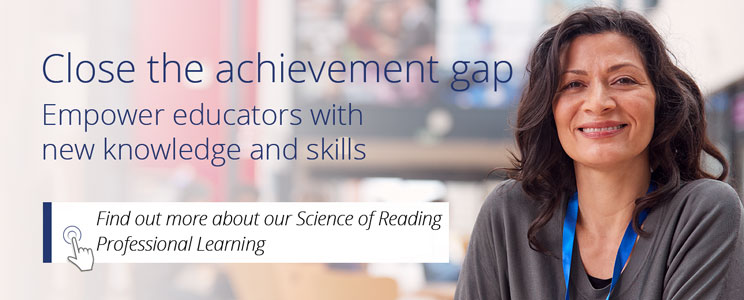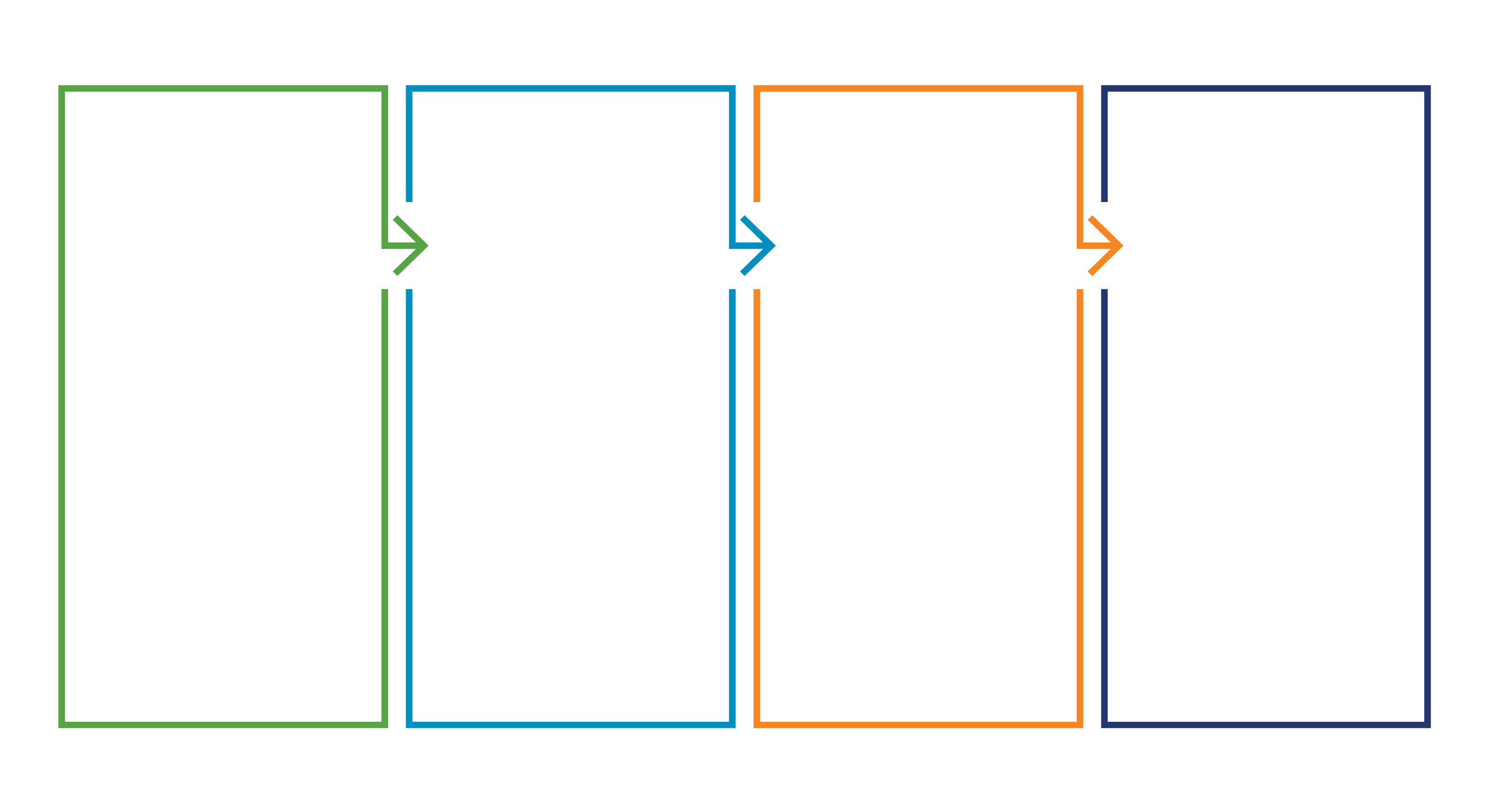Improve Classroom Instruction
Guide planning of classroom activities to develop children’s pre-literacy skills
The Early Years Evaluation – Teacher Assessment (EYE-TA) helps teachers to:
- maintain a focus on key developmental outcomes;
- structure their child-centred environments to ensure that the specific learning needs of each child are met; and
- identify areas in which individual children and groups of children can benefit from particular learning opportunities.
As teachers review their EYE-TA data and reports, they will require a repertoire of learning activities that build on children’s interests and meet the diverse learning needs within their classroom. Gradually they embed these activities into regular classroom rhythms to enable children to build on their strengths and further develop areas of need.

Strengthen partnerships with families and community agencies
In many jurisdictions that use the EYE-TA, the summary reports and maps are shared with community agencies to help identify areas of strength and of need. This helps build partnerships across government agencies and between schools and local organizations that support families.
Individual Child Report:
Available in 21 different languages, including six Indigenous languages.
The reports provide an easy-to-understand visual representation of a child’s strengths and where he or she would benefit from further experiences. They can be used as a starting point for discussions with the child’s family or a multidisciplinary team, and to collaborate on potential intervention strategies.
















